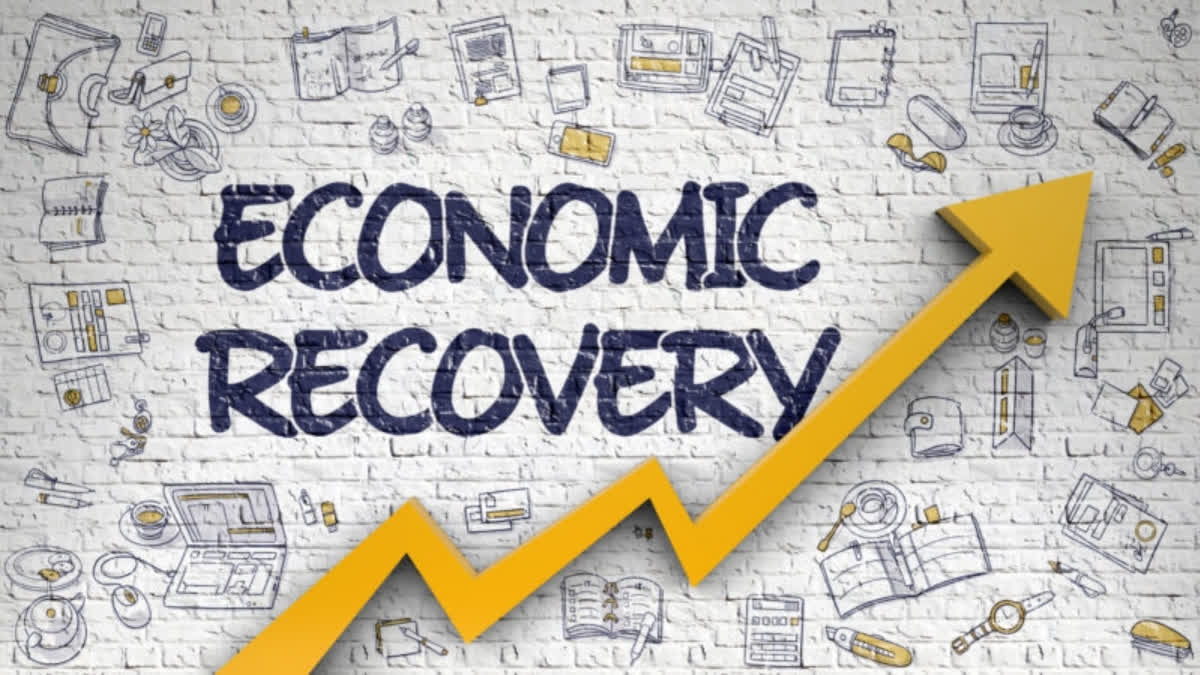As the Indian economy is recovering from the devastating impact of the Covid-19 global pandemic that destroyed millions of lives and livelihoods in the country and around the world, the latest data is giving new insights about the country’s economic recovery after the restrictions were lifted after the nationwide lockdown.
Among all the constituents of economic growth or GDP growth, private consumption is the most important one. The latest official data suggests that after the easing of the lockdown, urban areas of the country were first to show signs of consumption-led recovery while rural consumption is showing signs of recovery now.
Factors behind consumption recovery in rural India
Usually, consumption demands pick up in the rural areas two years after a good monsoon. And agriculture was one sector which was not affected by the lockdowns as the Government has not imposed any restrictions on farm sector and farming activities during the Covid lockdowns.
Secondly, the improvement in rural demand is led by growth in rural wages which is averaging at nearly 6% year-on-year since the second of the last financial year (FY 2022-23) whereas the year-on-year growth in the rural was just 4.2% during the second of FY 2021-22.
Gaura Sen Gupta, India Economist of IDFC First Bank says the rise in wage growth and decline in rural inflation, has resulted in real wage growth turning positive over the last few months.
“Employment conditions in rural areas are not yet fully normalized with employment demand under NREGA still higher than pre-pandemic levels,” Sen Gupta told ETV Bharat in a statement.
Tractor, 2-wheelers, fertilizer record brisk sale in rural India
According to the data, the improvement in rural wage growth is reflected in consumption indicators such as tractor sales which increased by over 18% during the January-March 2023 period over the same period of the preceding financial year.
Similarly, fertilizer sale was up by 18% during the same period while two-wheeler sale was up by 7.6% on a year-on-year basis in the fourth quarter of the last financial year that ended in March this year.
Moreover, according to the data gathered by NielsenIQ, rural sales of Fast Moving Consumer Goods (FMCG) companies turned positive during January to March period (Q4 of the FY 2022-23) this year. It reflected improvement in rural demand.
Urban Centres still lead consumption-led recovery
While consumption of fast moving consumer goods such as daily use items was up marginally by 0.3% in rural areas during January-March 2023 period, urban centres continue to lead the recovery with FMCG urban sales volume rising by more than 5% on year-on-year basis during the same period.
Mixed signals from urban areas
While urban areas are leading the consumption-led recovery, other indicators are giving a mixed signal with slowdown in passenger vehicle sales, muted growth in consumer goods production while, on the other hand, there was a pick-up in air travel and petrol consumption.
Formal sector employment is fueling the growth
According to Sen Gupta, the reason why urban consumption recovered first was due to stronger formal sector employment creation and wage growth but which is moderating of late.
For example, in the fourth quarter of the previous financial year (January-to-March 2023 period), formal sector employment indicators are showing some moderation with decline in new subscribers added in EPFO. Sen Gupta says a similar moderation is seen in the Naukri job index.
While on the other hand, in rural areas, NREGA employment demand declined during the same period on year-on-year basis, which reflects improvement in labour market conditions in rural areas.



